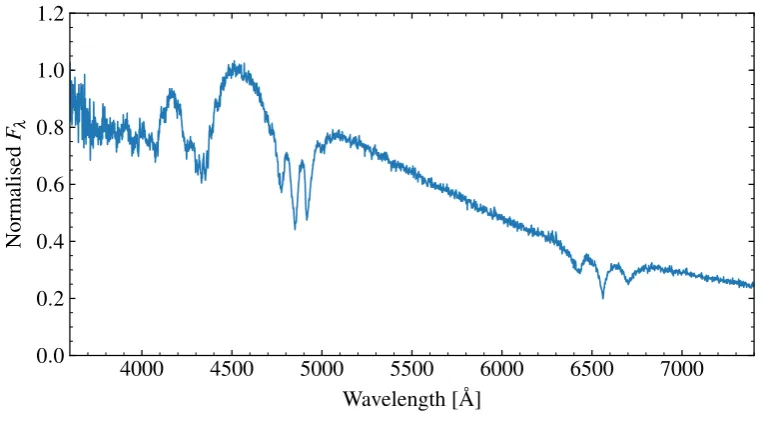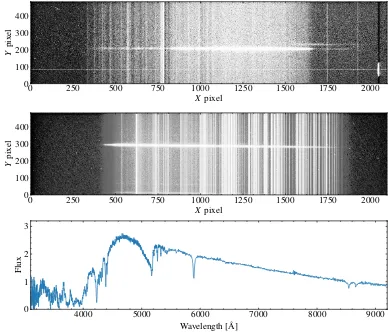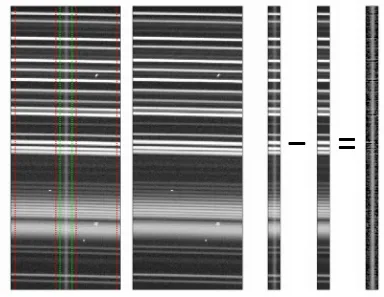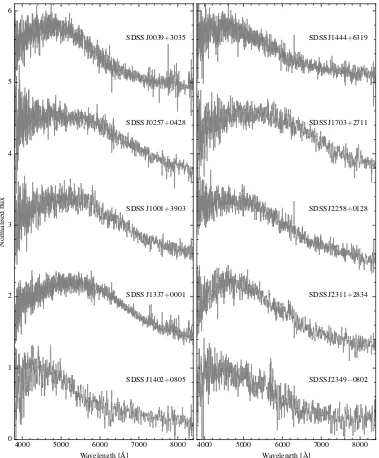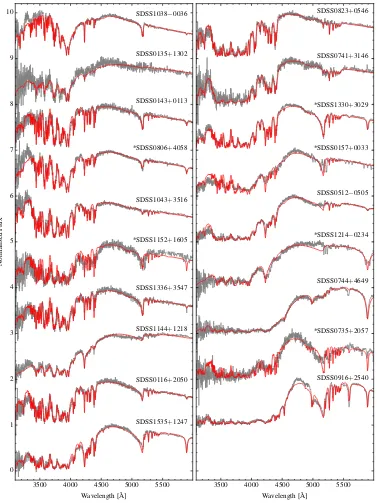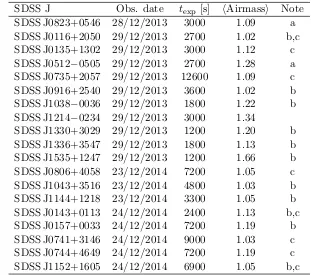The properties of cool DZ white dwarfs
Full text
Figure
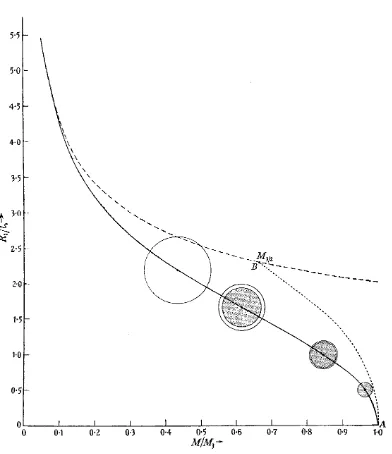
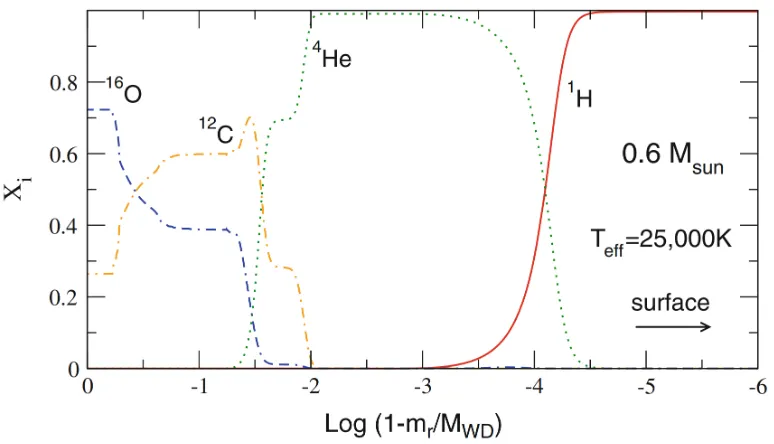
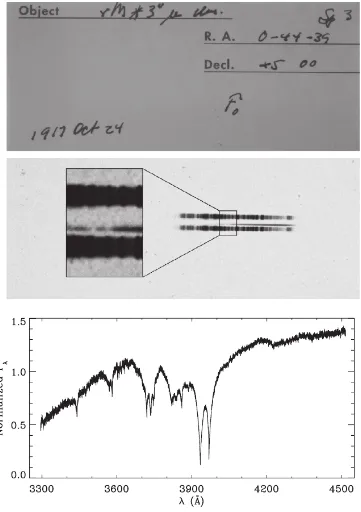
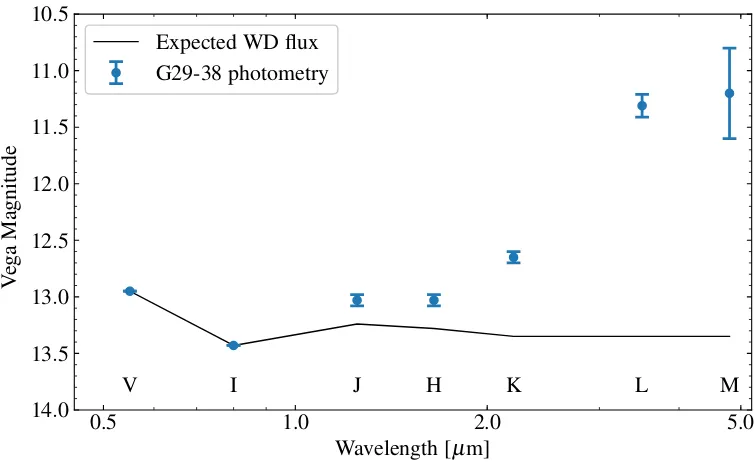
Related documents
Reporting to the Managing Director of Development, the Director of Class Giving is a chief strategist for individual donor development, a resident expert on volunteer management, and
the Siberian stonechats, whereas the growth rate towards adult wing length is higher in the European stonechats (note, however, that in the European birds the wing
Field experiments were conducted at Ebonyi State University Research Farm during 2009 and 2010 farming seasons to evaluate the effect of intercropping maize with
“In a rapidly changing global business environment, the pressure on organizations to make accurate and timely decisions has never been greater.. The ability to identify
Scientist Data Analyst SAP ANALYTICS HANA Application Developer. Embedded Analytics Industry & Business
Among the most interesting findings from such studies concern the role of habitat het- erogeneity as the most important determinant of species richness, the development of a new
In the early days of offshore oil and gas production (1940’s – 1950’s) protective coating systems typically consisted of vinyl or chlorinated rubber coatings.. The typical system
